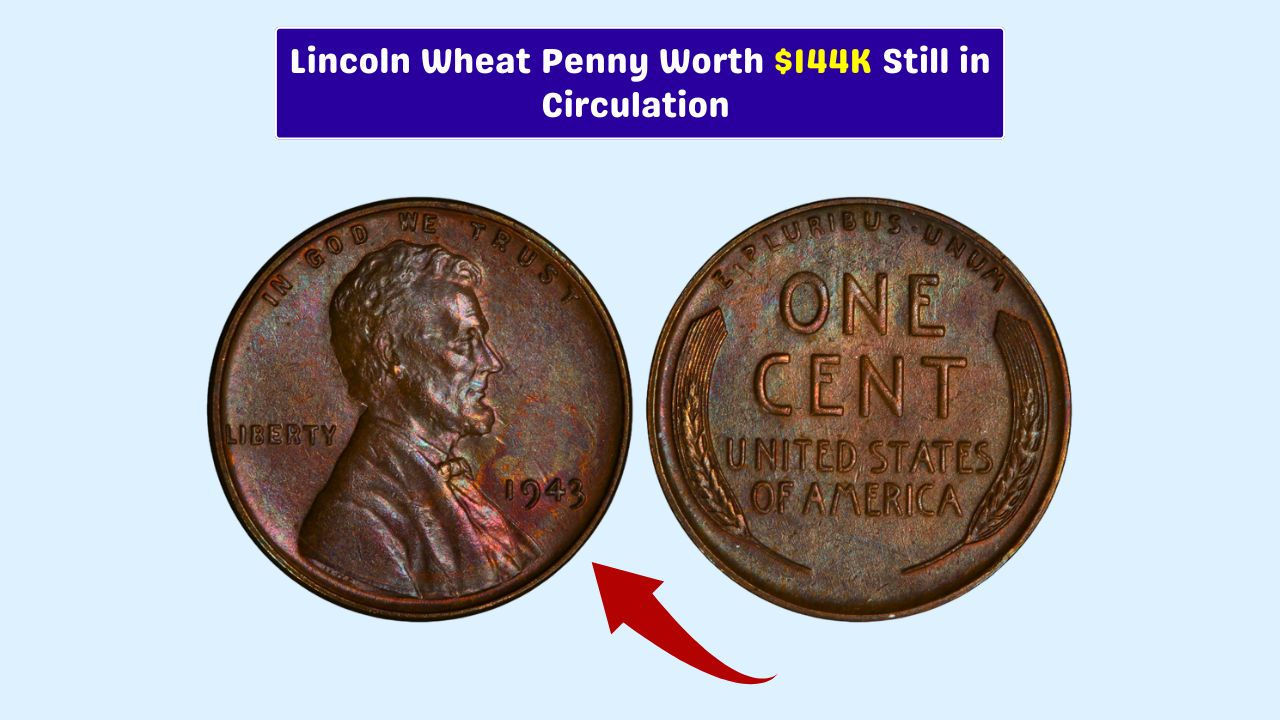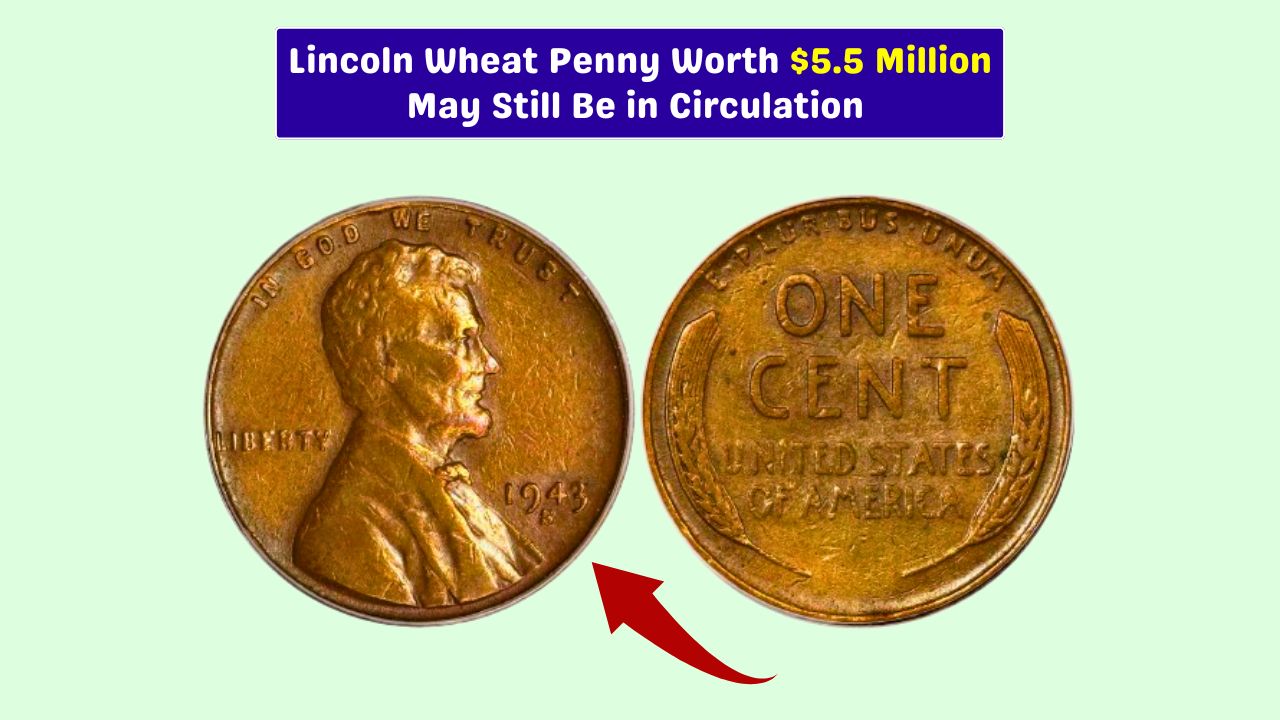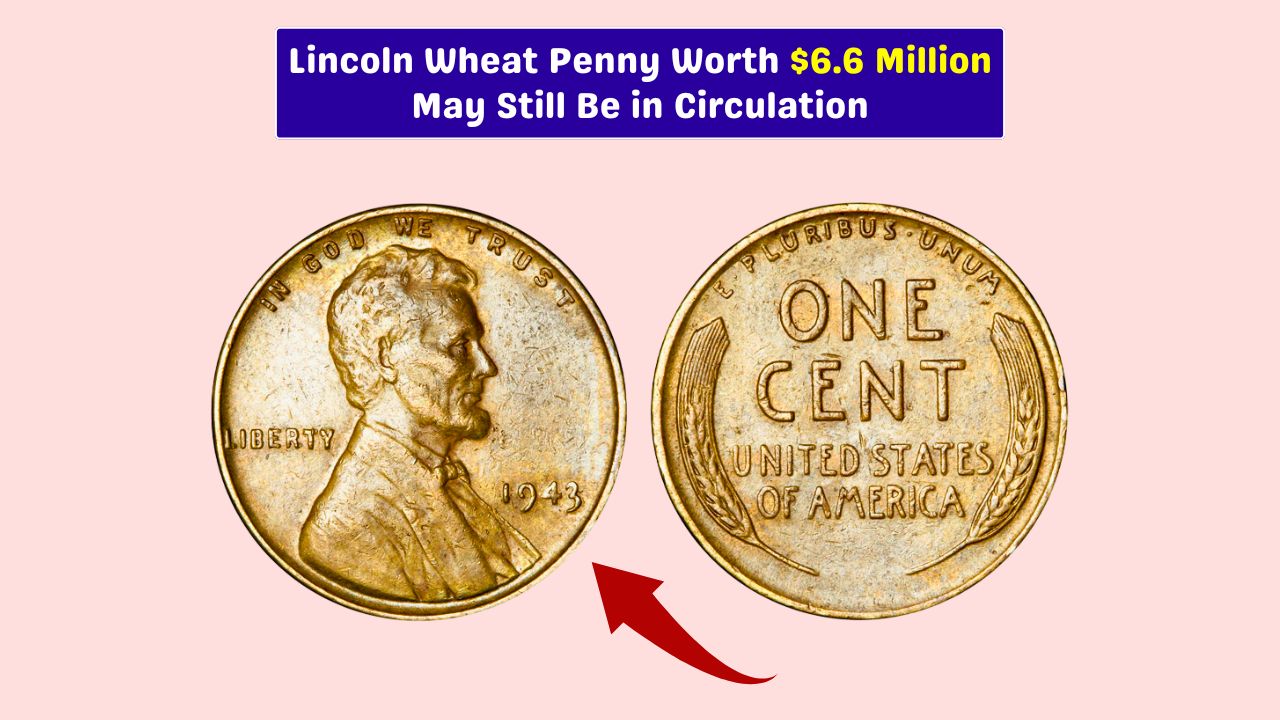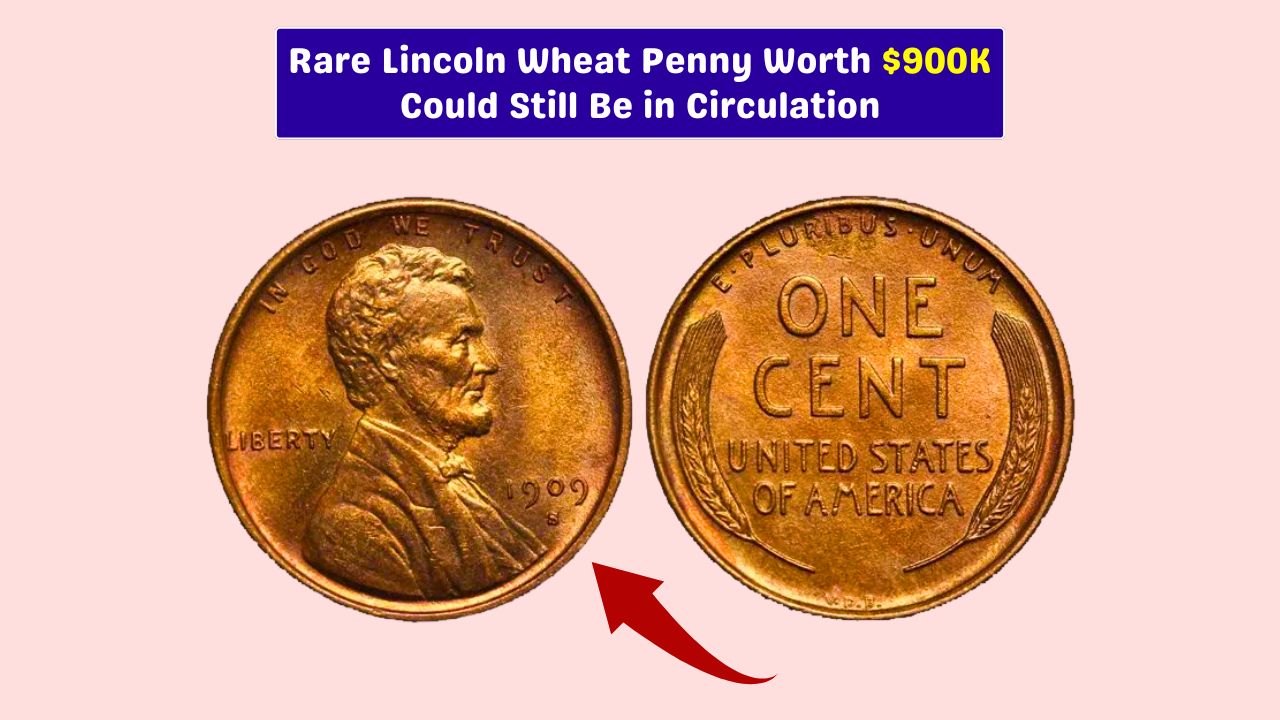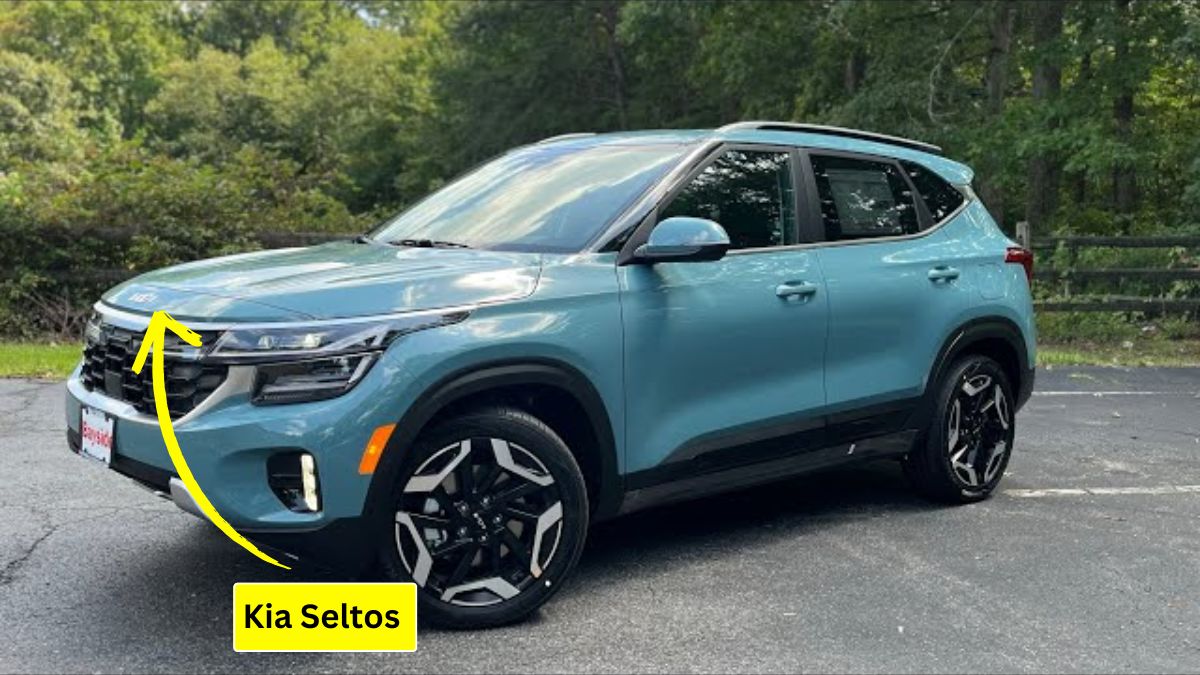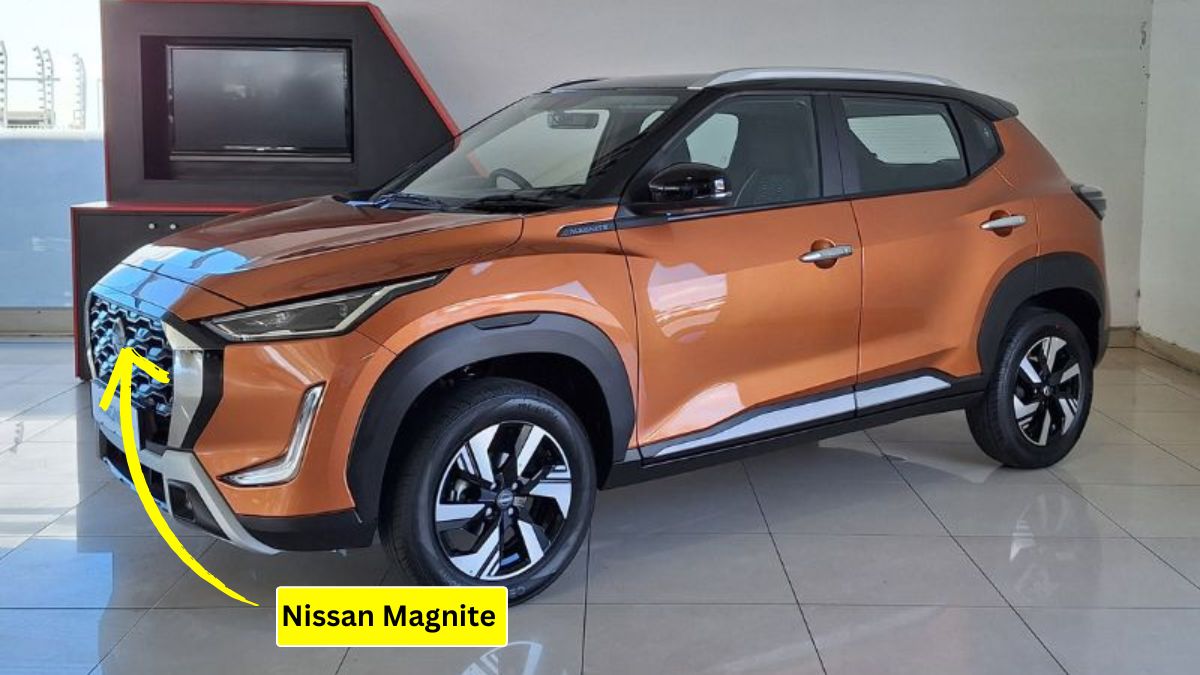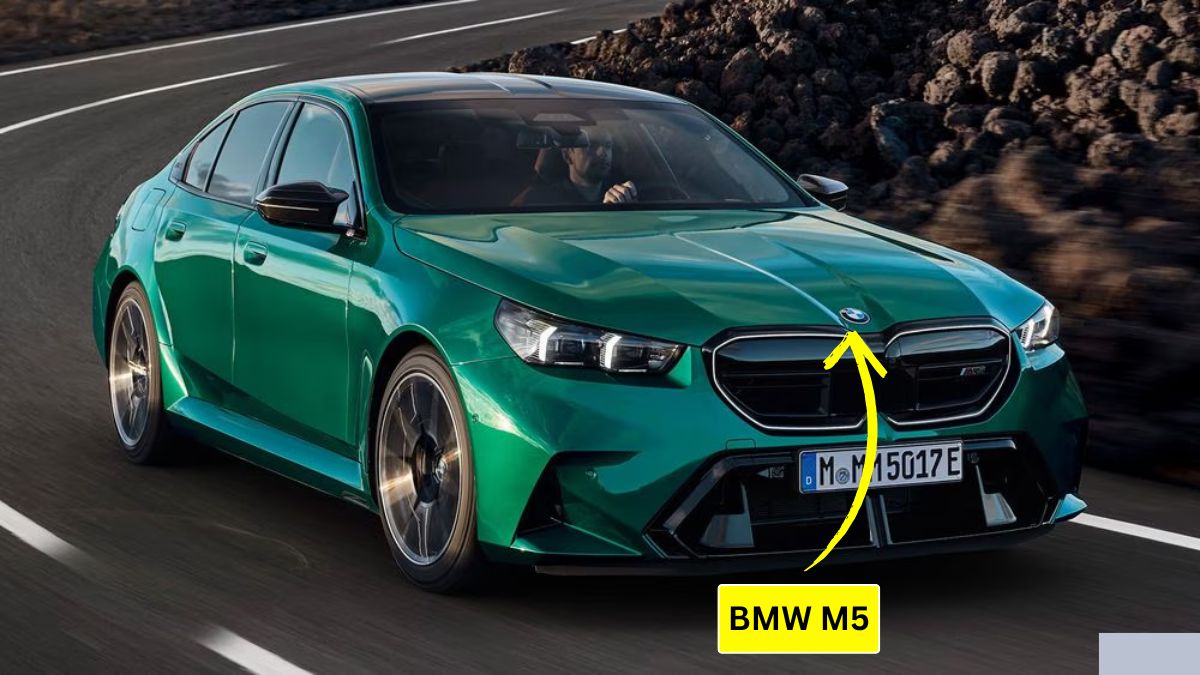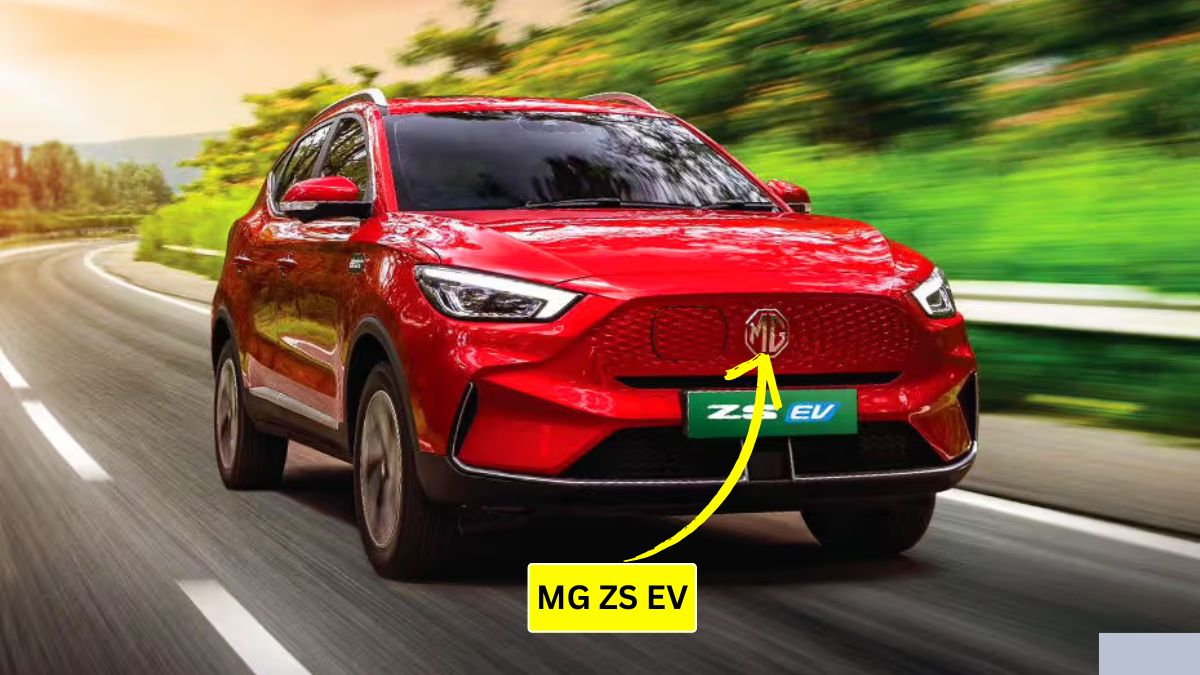Old coins often feel like little pieces of history, especially when they’re rare and come with an interesting backstory.
One such coin is the 1909 VDB Matte Proof penny, one of the most prized and valuable pennies in the world of coin collecting. Believe it or not, one of these small coins once sold for an incredible $258,000 at auction.
So, what makes this penny so special? Let’s break it down in simple, everyday language.
What Is the 1909 VDB Matte Proof Penny?
In 1909, the United States Mint introduced the first Lincoln penny to replace the old Indian Head design. The new design was created by artist Victor David Brenner, and his initials, VDB, were placed on the back of the coin near the bottom edge.
Not all 1909 pennies have these initials. In fact, they caused a bit of controversy at the time, and by the end of 1909, the initials were removed. That makes the 1909 VDB pennies a rare find, and the Matte Proof versions are even rarer.
Unlike regular coins made for circulation, proof coins are specially made for collectors. Matte Proof coins have a soft, satin-like texture and sharp, square-edged rims.
Only a small number of these Matte Proof VDB pennies were ever made, making them one of the toughest Lincoln cents to find.
What Makes It So Valuable?
Several reasons explain why the 1909 VDB Matte Proof penny is so valuable:
- Very few were made in the first place, and even fewer remain in excellent condition today.
- The Matte Proof finish gives it a distinct, velvety appearance, unlike the shiny, mirror-like proofs made in later years.
- The VDB initials connect it to a brief and memorable moment in U.S. coin history, adding to its collector appeal.
Because of these factors, collectors are willing to pay huge sums to own one, especially if it’s well preserved.
How to Tell If You Have a Real One
Spotting a genuine 1909 VDB Matte Proof penny comes down to a few clear features:
- The coin should have sharp, square-edged rims.
- Lincoln’s face and the wheat stalks on the reverse should be crisp and detailed.
- The surface will have a matte, satin-like finish, not a shiny gloss.
- Look for the VDB initials at the bottom of the reverse side.
It’s important to be careful because many fake or altered coins exist. If you think you might have one of these rare pennies, it’s a good idea to have it professionally authenticated by a trusted coin grading service.
Why Collectors Love It
Collectors aren’t just drawn to this penny because of its price tag. They appreciate its rich history as the first year of the Lincoln cent, its unique appearance, and its connection to an interesting story in the world of American coinage.
Owning a coin like this is like holding a tangible piece of early 20th-century U.S. history in your hand. It represents both artistic craftsmanship and a fascinating episode from the history of American money.
Final Thoughts
The 1909 VDB Matte Proof penny is more than just a rare old coin. It’s a collector’s dream, prized for its limited production, matte finish, and those tiny but important VDB initials.
Selling for $258,000 at auction, this small copper coin proves that sometimes, the most valuable treasures come in the smallest packages. If you ever come across a 1909 penny with a soft, matte surface and sharp details, you might just be looking at a fortune.
FAQs
What makes the 1909 VDB Matte Proof penny rare?
Its limited mintage, matte finish, and early design with VDB initials.
How can I spot a 1909 VDB Matte Proof penny?
Look for sharp rims, matte finish, crisp details, and VDB initials.
How much did a 1909 VDB Matte Proof penny sell for?
One sold for an incredible $258,000 at auction.
Are all 1909 pennies valuable?
No, only certain rare types like the VDB Matte Proof have high value.
Should I clean an old coin before selling it?
Never clean valuable coins — it can ruin their worth.






